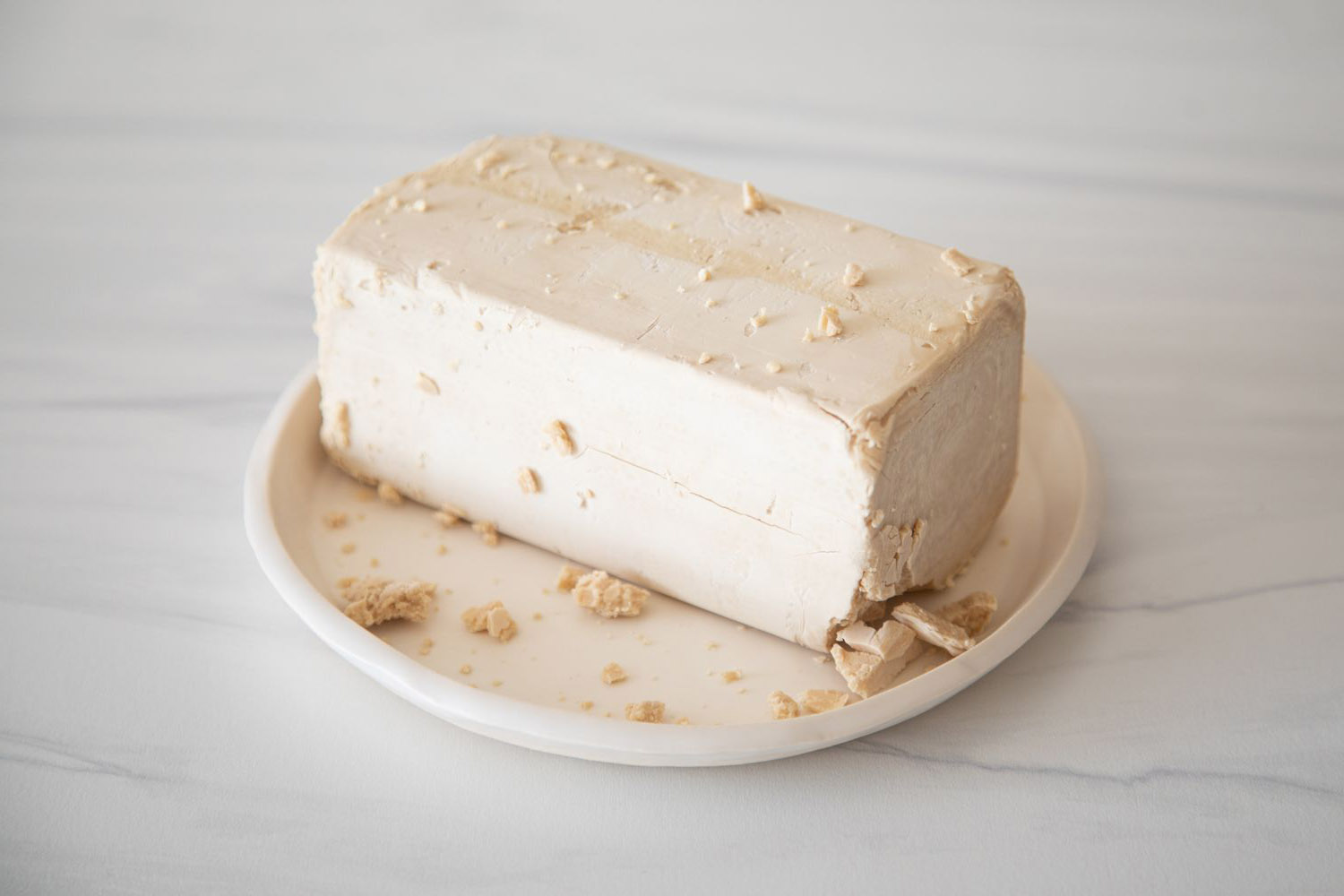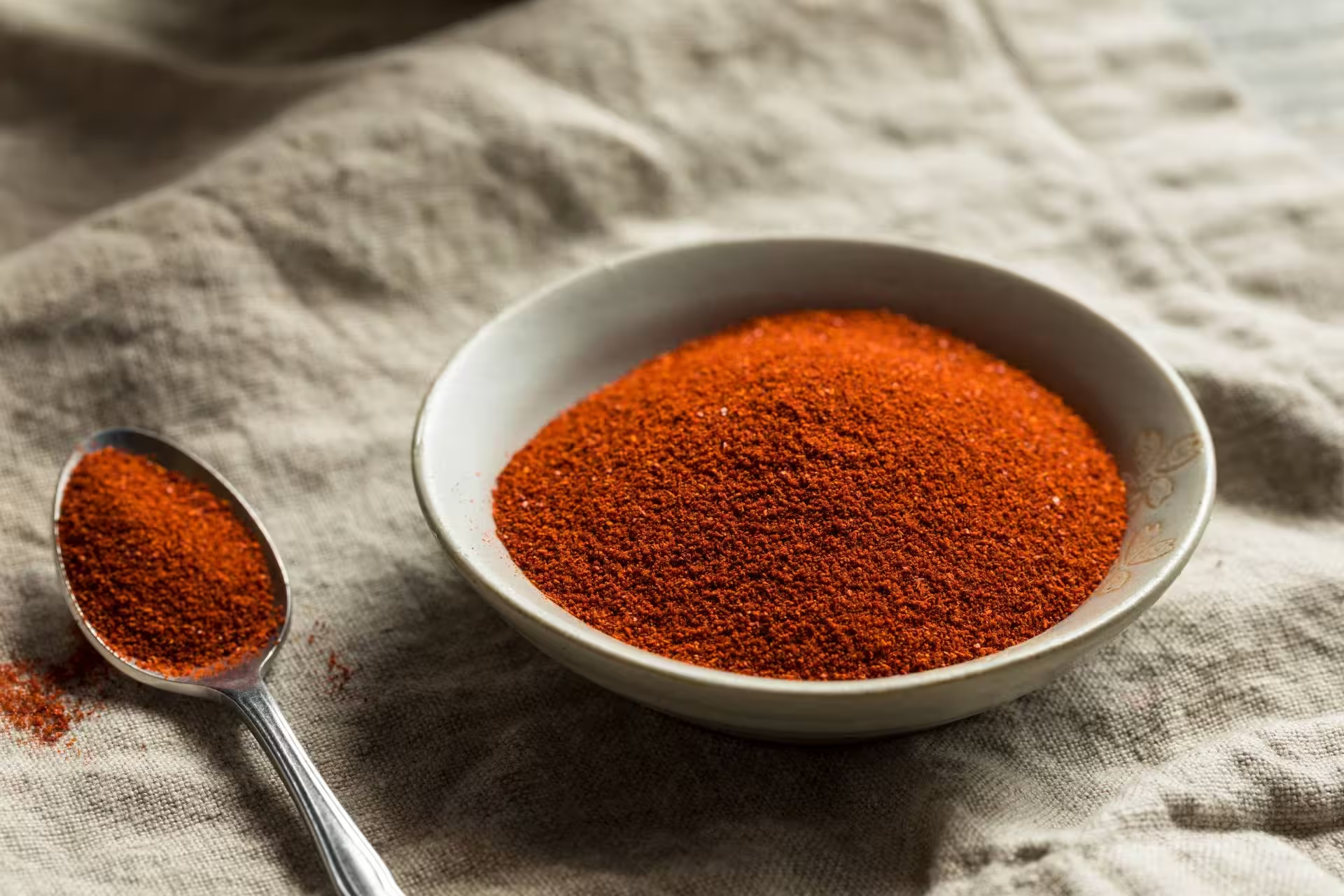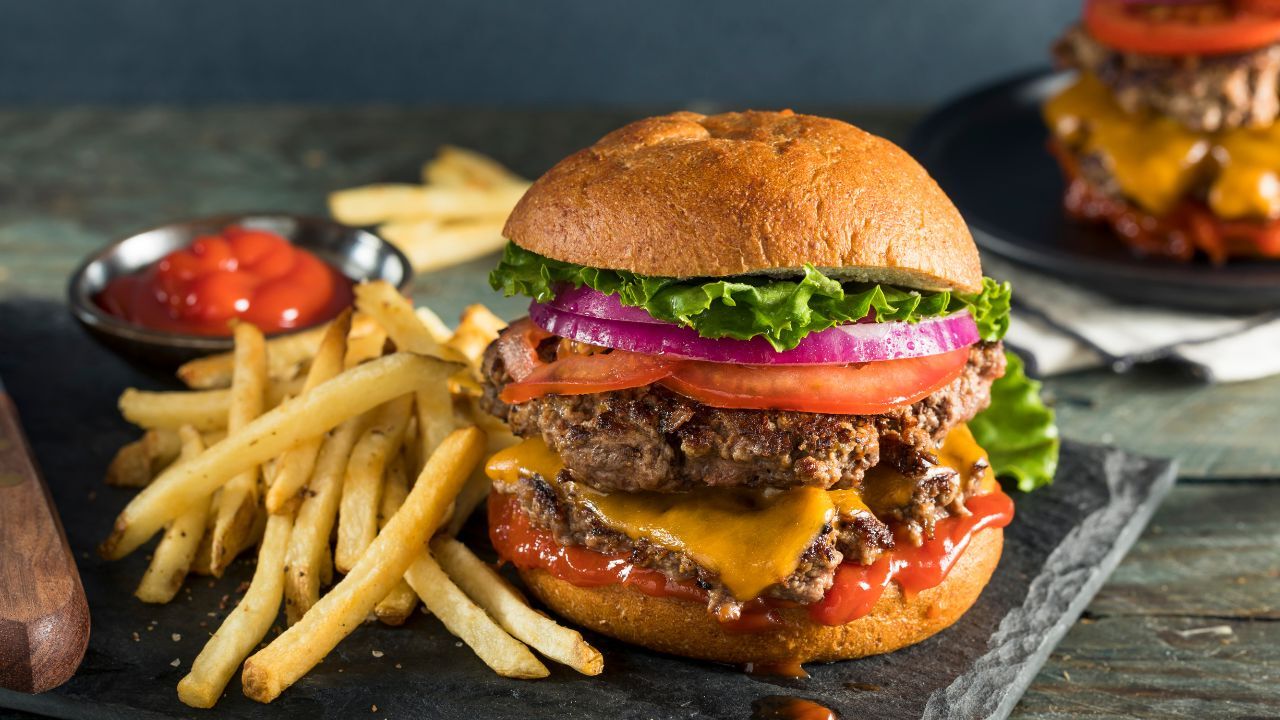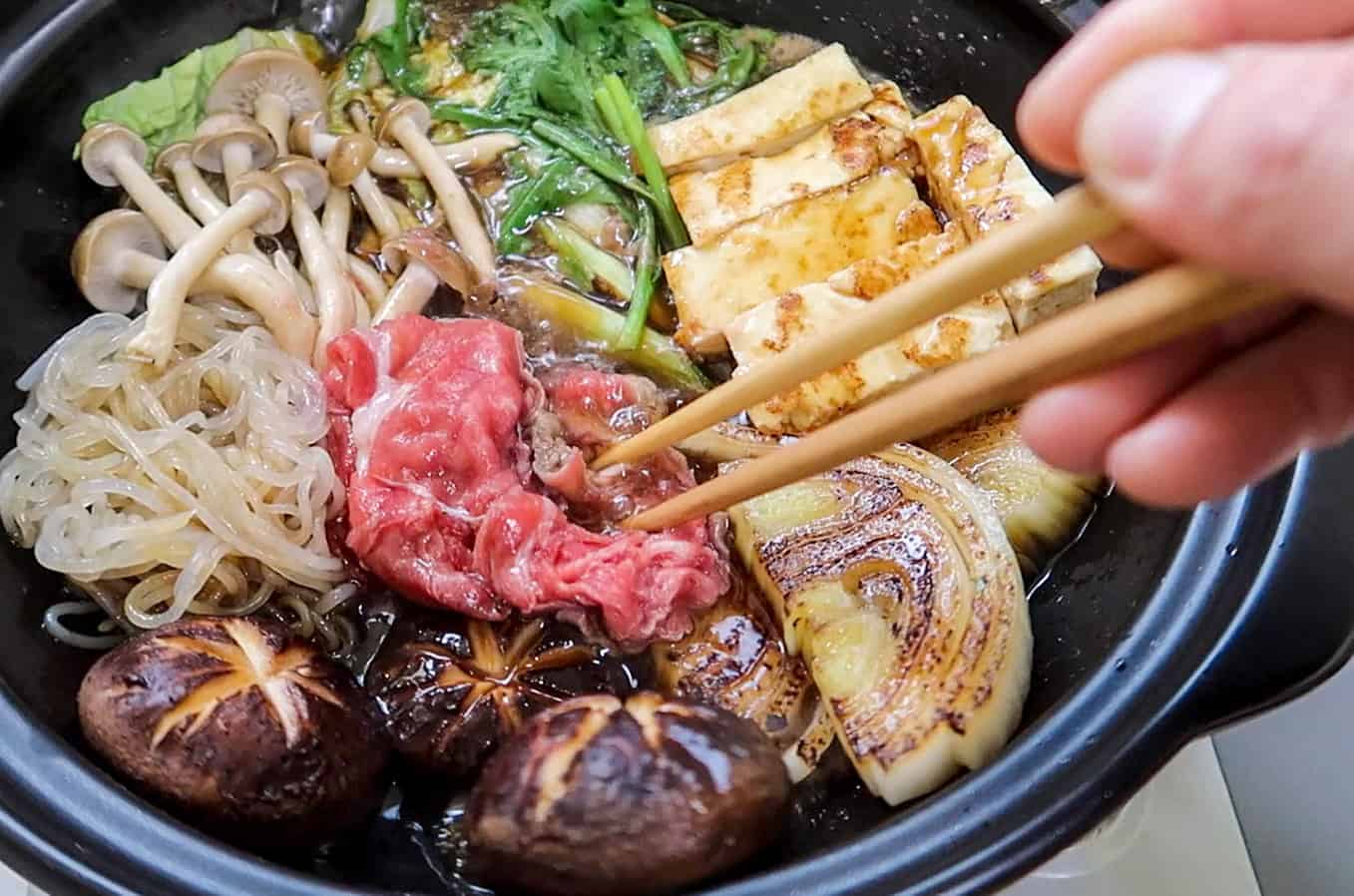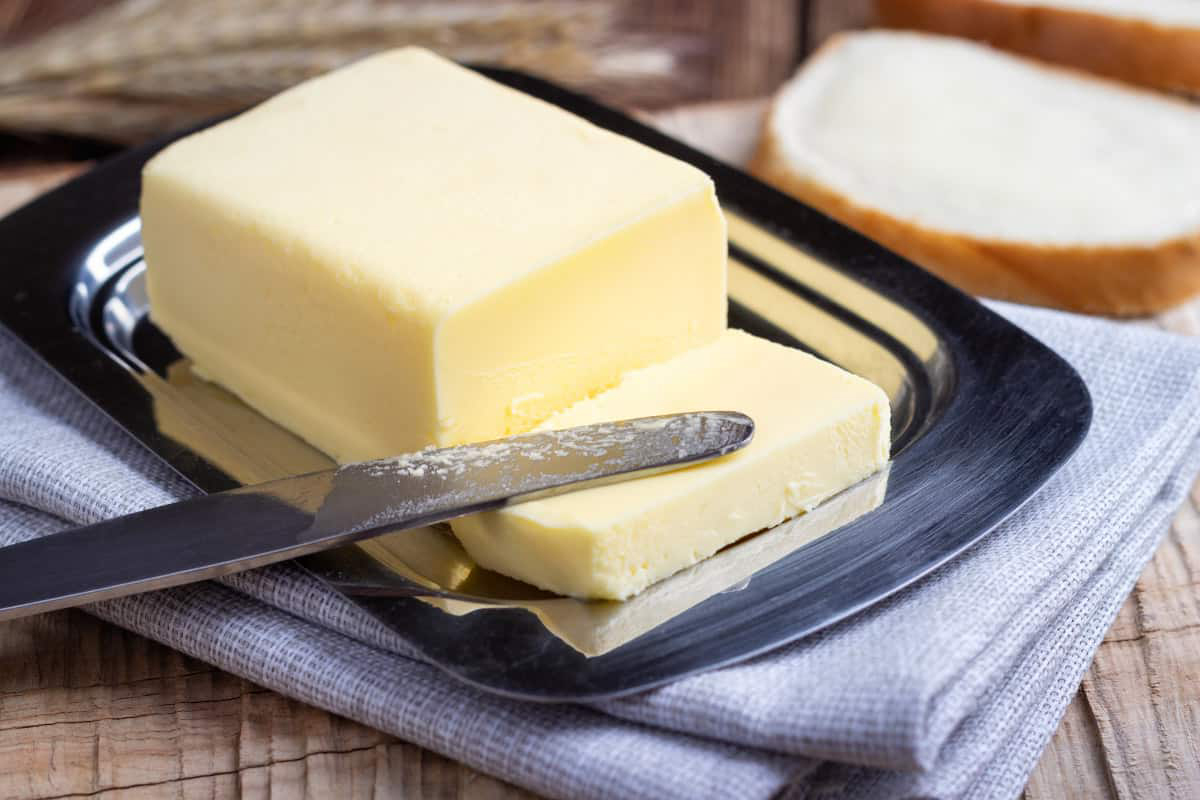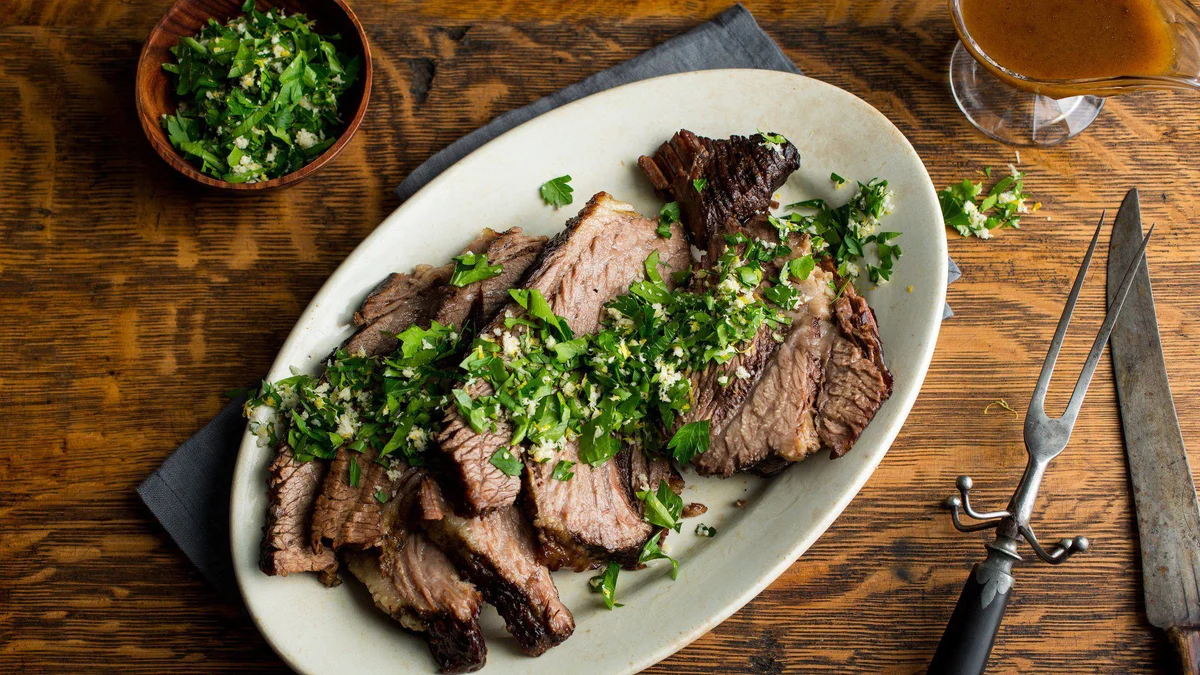Why Homemade Dog Food is a Healthy Choice for Your Furry Friend
As a responsible pet owner, you want to ensure that your dog is getting the best nutrition possible. One way to achieve this is by feeding them homemade dog food. This option allows you to have full control over the ingredients that go into your dog’s meals, ensuring that they receive a balanced and nutritious diet.
The Benefits of Homemade Dog Food
There are several benefits to feeding your dog homemade food:
- Quality Ingredients: When you prepare your dog’s food at home, you can select high-quality ingredients that are free from fillers, preservatives, and artificial additives.
- Customization: Homemade dog food allows you to tailor your dog’s meals to their specific dietary needs, such as allergies or sensitivities.
- Freshness: By preparing meals at home, you can ensure that your dog’s food is always fresh and free from any potential contaminants.
- Bonding: Involving your dog in the meal preparation process can strengthen the bond between you and your furry friend.
Key Nutrients for Homemade Dog Food
When preparing homemade dog food, it’s essential to include a balance of key nutrients to support your dog’s overall health:
- Protein: Dogs require a high-quality source of protein, such as lean meats or fish, to support muscle development and overall health.
- Carbohydrates: Incorporating healthy carbohydrates like brown rice or sweet potatoes can provide a source of energy for your dog.
- Fruits and Vegetables: These provide essential vitamins, minerals, and fiber to support your dog’s immune system and digestion.
- Healthy Fats: Including sources of omega-3 and omega-6 fatty acids, such as flaxseed or fish oil, can promote a healthy coat and skin.
- Calcium: To support bone health, it’s important to include a source of calcium, such as crushed eggshells or supplements.
Consulting with a Veterinarian
Before transitioning your dog to a homemade diet, it’s crucial to consult with a veterinarian. They can provide guidance on the specific nutritional needs of your dog based on factors such as age, breed, and any existing health conditions. Additionally, a veterinarian can offer recommendations on portion sizes and meal planning to ensure that your dog receives a well-balanced diet.
Homemade Dog Food Recipes
There are countless homemade dog food recipes available, ranging from simple to more complex options. When selecting a recipe, it’s important to ensure that it aligns with your dog’s nutritional needs and that it includes a variety of ingredients to provide a balanced diet.
Here’s a basic recipe to get you started:
Homemade Dog Food Recipe:
- 1 pound of lean ground turkey
- 1 cup of brown rice
- 1 cup of carrots, diced
- 1 cup of green beans, chopped
- 1 tablespoon of fish oil
- 4 cups of water
Instructions:
- In a large pot, add the ground turkey and cook over medium heat until browned.
- Add the brown rice, carrots, green beans, fish oil, and water to the pot.
- Bring the mixture to a boil, then reduce the heat and simmer for 20-30 minutes until the rice is cooked and the vegetables are tender.
- Allow the mixture to cool before serving to your dog.
Remember to divide the portions based on your dog’s size and energy needs, and store any leftovers in the refrigerator for up to three days.
In Conclusion
Homemade dog food can be a healthy and rewarding choice for pet owners who want to provide their dogs with a nutritious and balanced diet. By carefully selecting high-quality ingredients and consulting with a veterinarian, you can ensure that your furry friend receives the best possible nutrition to support their overall health and well-being.
Was this page helpful?
Read Next: What Is An Electric Can Opener
